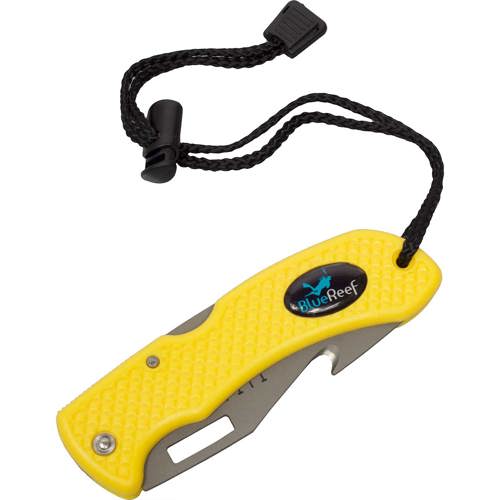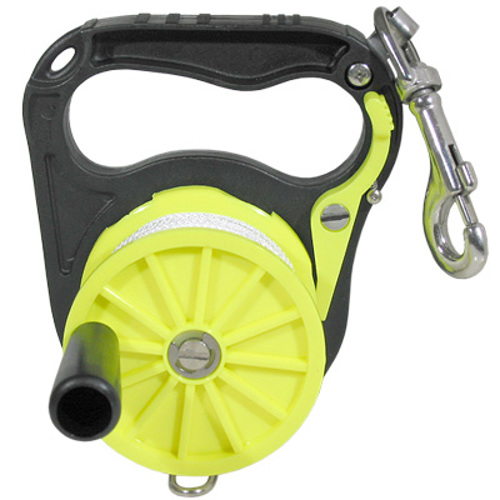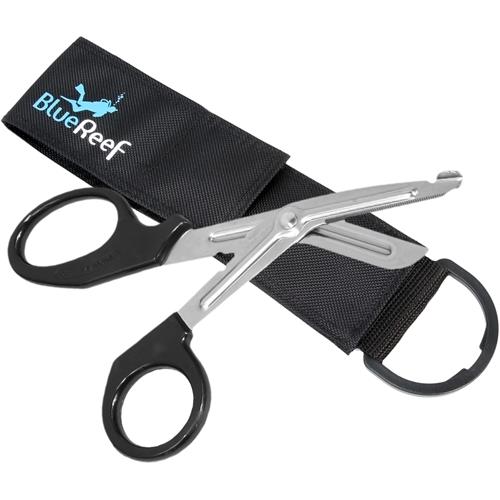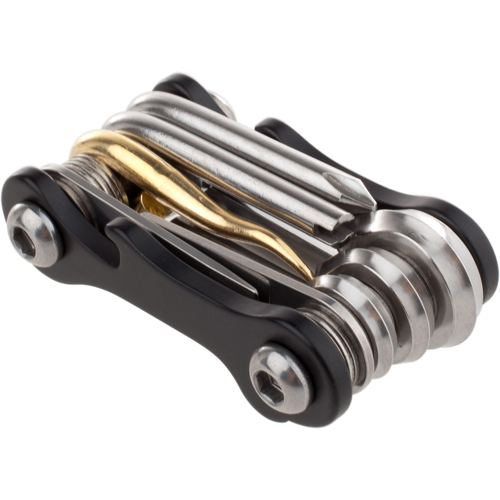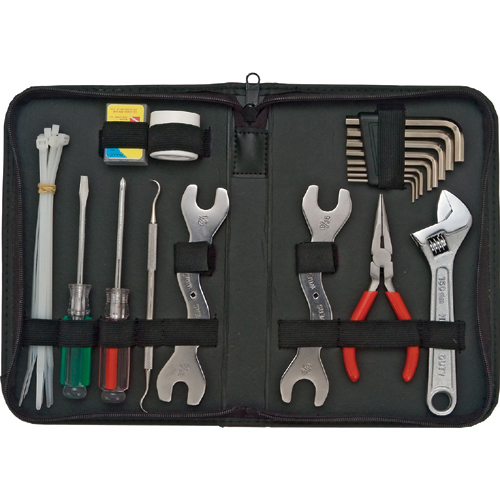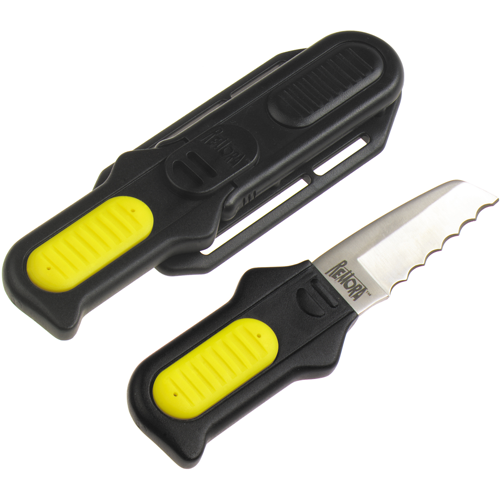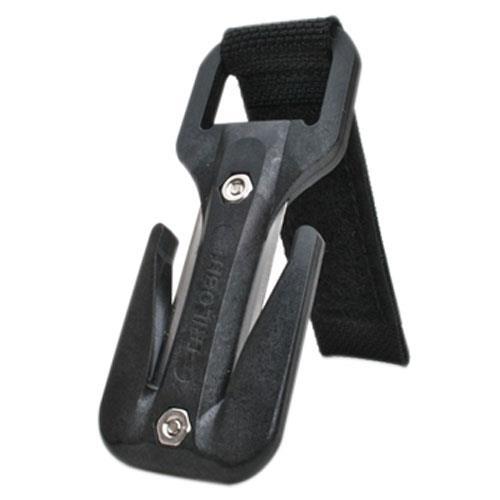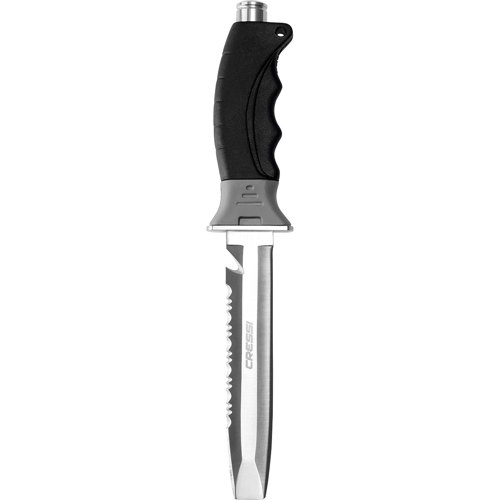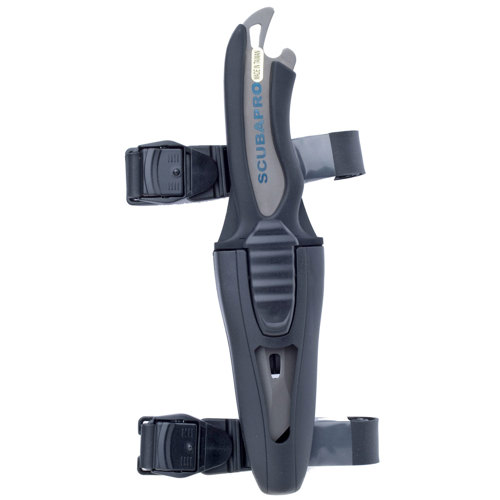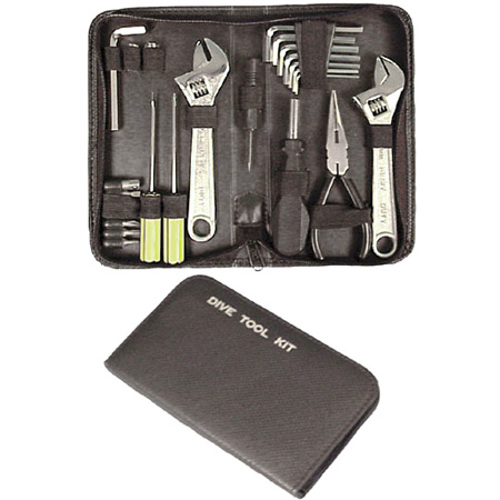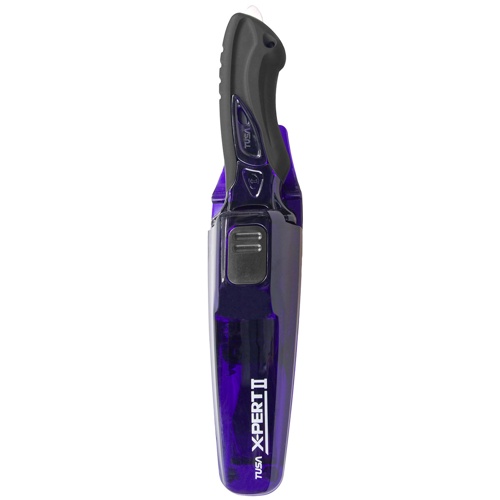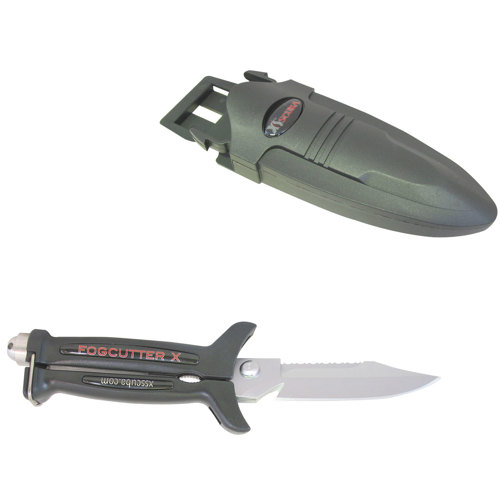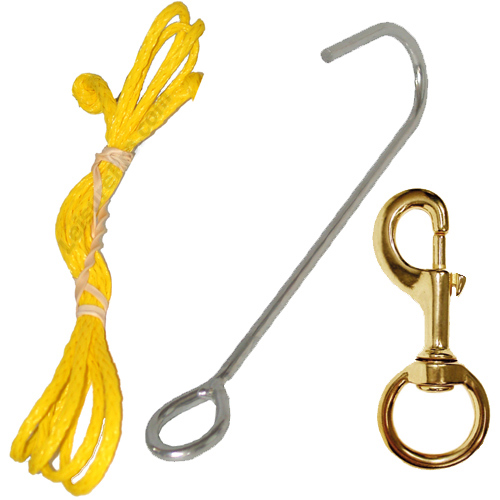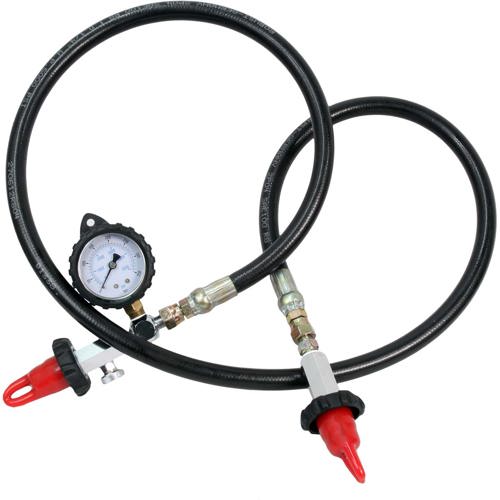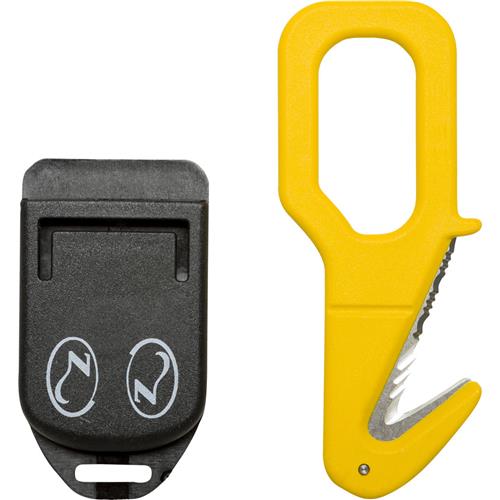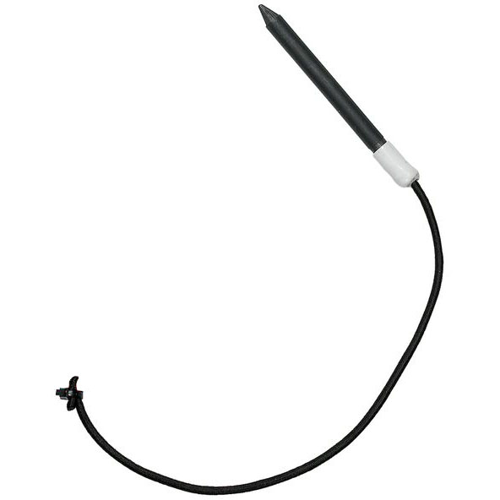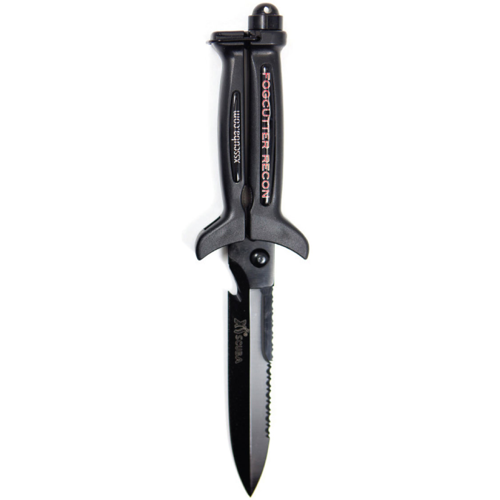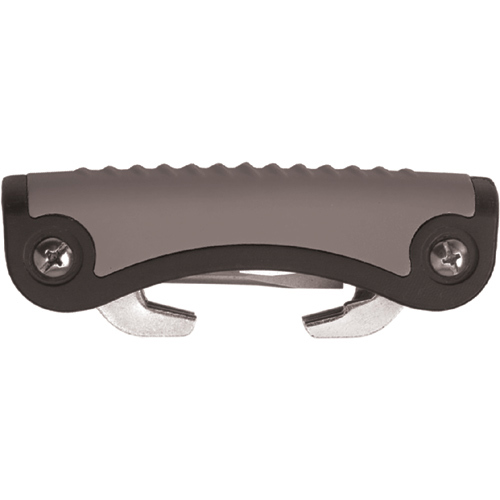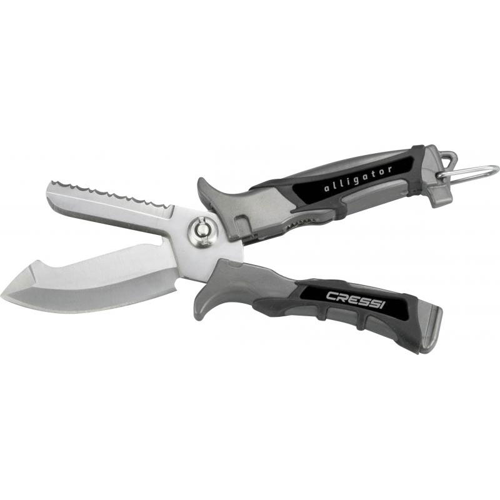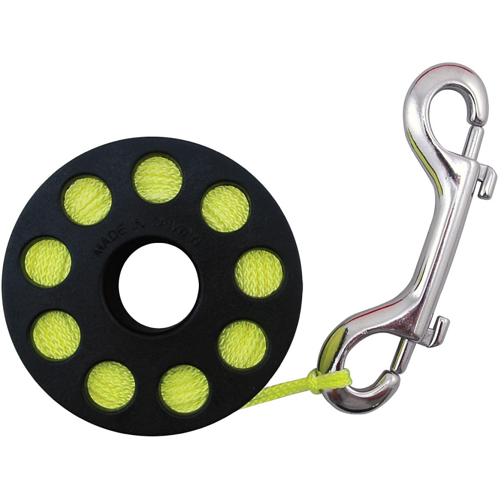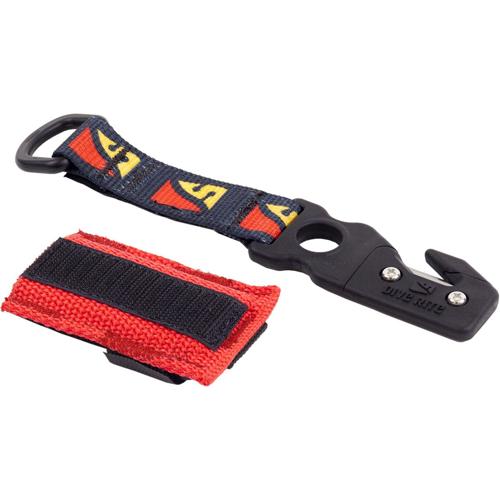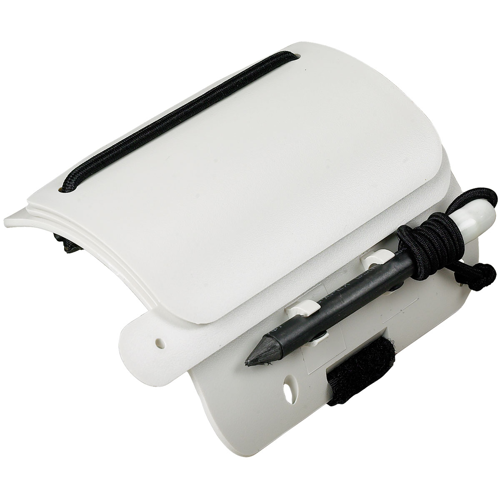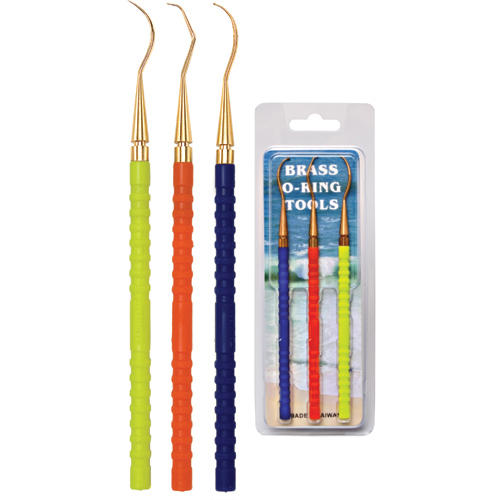As the water cools and visibility sharpens in September, many divers find themselves drawn to the quiet allure of autumn dives. Whether threading through kelp forests, exploring the shadowed corridors of a wreck, or mapping a new reef, line tools become indispensable companions for both recreational and technical divers. These tools, ranging from spools and reels to line markers and cutting devices, are essential for navigation, safety, and communication underwater. For those who love the challenge of overhead environments—like caves, wrecks, or even dense kelp beds—a reliable line tool is more than just gear; it’s a lifeline. Picture yourself gliding through the blue, the muted click of your reel marking every meter as you lay a guideline behind you. In the calm hush beneath the surface, a well-chosen line tool provides not only direction but also the confidence to venture further, knowing you can always find your way back.
Selecting the right diving line tool involves considering the environment and style of diving you plan to do. For open water explorers, a compact finger spool is often favored for deploying a surface marker buoy or running a simple navigation line. Technical divers, on the other hand, may opt for robust reels with high-capacity spools, designed to handle the rigors of deep wreck penetration or cave exploration. The type of line—whether nylon, Dyneema, or polyester—affects durability and ease of handling, especially when wearing thick gloves in colder waters. Many divers also carry line markers or cookies to mark junctions or exits, a small but crucial addition that can make all the difference when visibility drops or currents pick up. For instructors, dive guides, or those who enjoy sharing their passion with friends, gifting a quality line tool is a thoughtful gesture—one that acknowledges the recipient’s growing skills and commitment to safe diving. It’s a gift that’s both practical and personal, suited to milestones like earning an advanced certification or planning a special dive trip.
For those new to the world of underwater navigation, or seasoned divers looking to upgrade their kit, it’s worth taking the time to explore the range of options available. Pay attention to ergonomics—how the tool fits in your hand, how easily the line deploys, and how smoothly it reels back in. Consider the clip or attachment method, ensuring it secures firmly to your harness or D-ring without dangling or snagging. Maintenance is another factor; saltwater and sand can take a toll on moving parts, so look for corrosion-resistant materials and simple mechanisms that are easy to rinse and service after each dive. As the diving season transitions into autumn, with its unique blend of tranquility and adventure, having the right line tool can open up new possibilities beneath the waves. To discover a curated selection and learn more about the features and uses of each type, visit our
Scuba Line Tools page, where you’ll find options suited to every level and interest. Whether you’re marking your path through a sunken ship’s labyrinth or simply signaling your ascent at the end of a perfect day underwater, the right line tool is your trusted link to the world above and the mysteries below.

